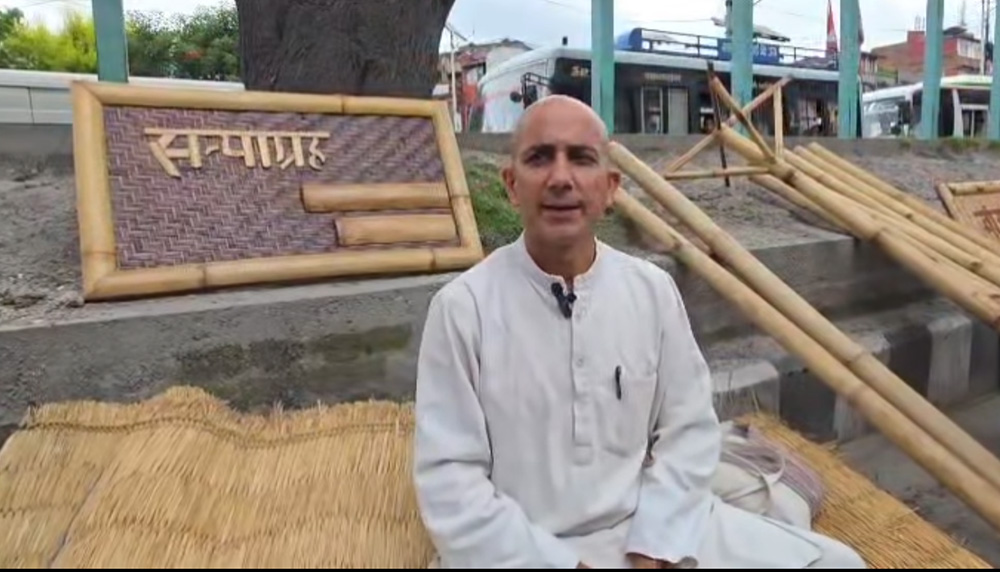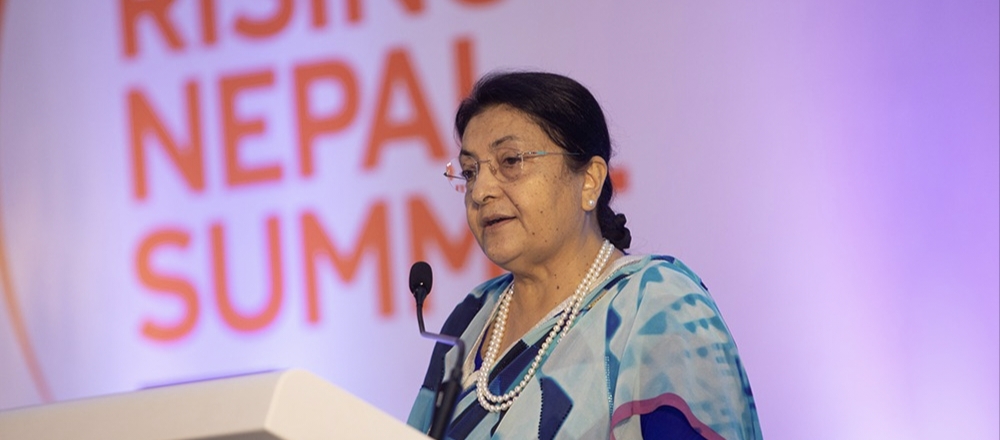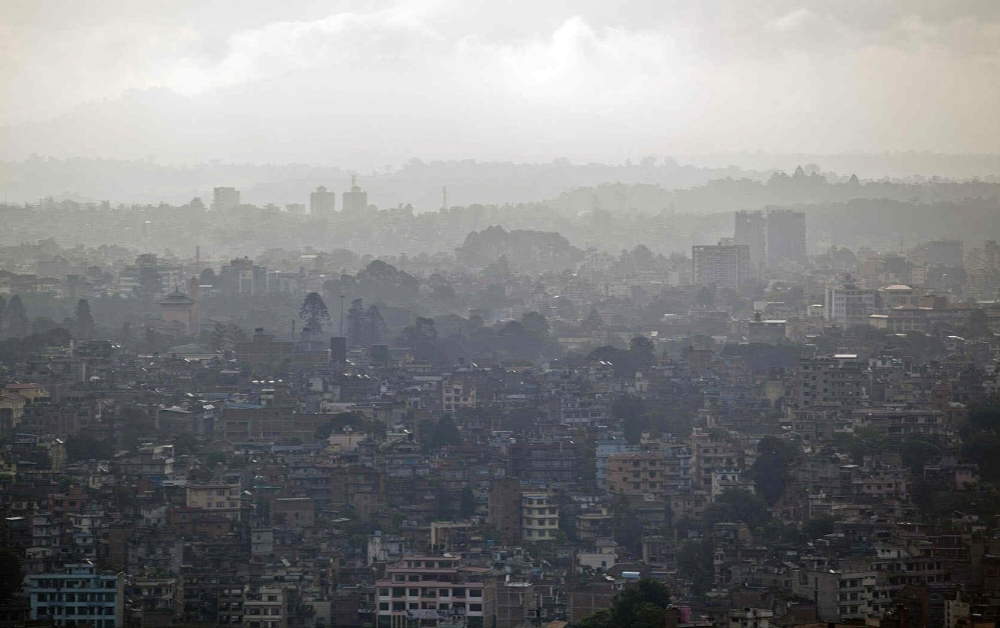
Kathmandu, once celebrated for its vibrant culture and breathtaking views of the Himalayas, is now veiled under a thick layer of smog. In recent years, Nepal has found itself grappling with an escalating air pollution crisis that endangers both human health and environmental sustainability.A 2024 World Bank report ranked air pollution as the *leading cause of death and disability* in Nepal. Cities like Kathmandu and areas of the Terai region routinely register particulate matter (PM2.5) levels several times above safe limits recommended by the World Health Organization. This silent killer is responsible for a surge in respiratory illnesses, heart diseases, and decreased life expectancy
Several factors contribute to this choking atmosphere: an increase in vehicle emissions, the burning of biomass and garbage, rapid unplanned urbanization, and cross-border pollution. The Kathmandu Valley, with its bowl-shaped geography, traps pollutants and exacerbates the problem, especially during winter when temperature inversion prevents dispersion.While the statistics are sobering, awareness is growing. Activists, scientists, and local communities are pushing for stronger regulations, cleaner fuels, and better public transport infrastructure. The government has initiated measures such as vehicle emission testing, electric vehicle promotion, and efforts to switch to cleaner brick kiln technologies—but progress remains patchy and uneven.For Nepal, the fight for cleaner air is not just about environmental protection. It is about equity, health justice, and securing the future of a nation where even the highest peaks can’t escape the haze.
Written by: Rezina Tuladhar
Sudina Shrestha
प्रकाशित: ५ असार २०८२, बिहीबार १८:३३
ताप्लेजुङको मेरिङ्देन सडक १६ दिनका लागि बन्द
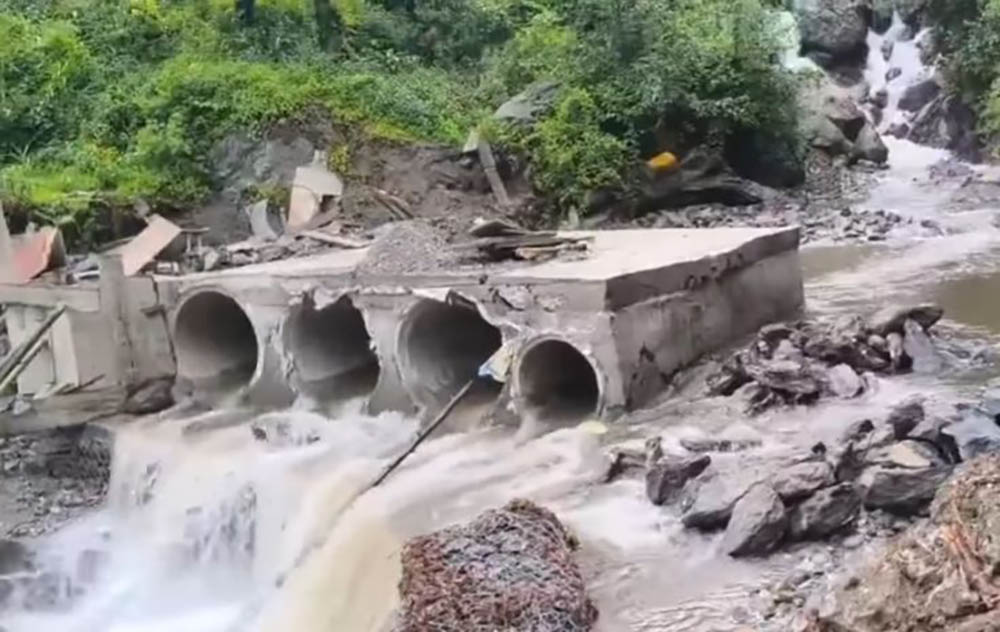
फिल्म जनै हराएको मान्छेको नयाँ गीत ‘मसुरीको दाना’ सार्वजनिक

श्रीमतीको हत्या गरेको अभियोगमा श्रीमान पक्राउ

मोरङ र उदयपुरबाट जबरजस्ती करणी गरेको अभियोगमा पक्राउ

गाजामा युएईले हवाई मार्गबाट सहायता पुन: सुचारु गर्ने
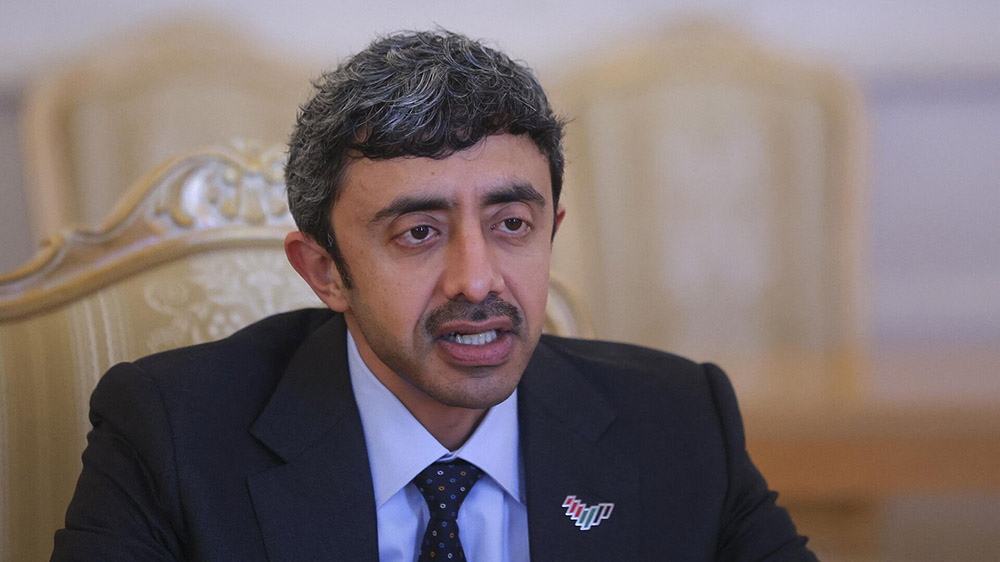
दिक्तेल रुपाकोट मझुवागढीका मेयर शिर मुण्डन गरेर सत्याग्रहमा
